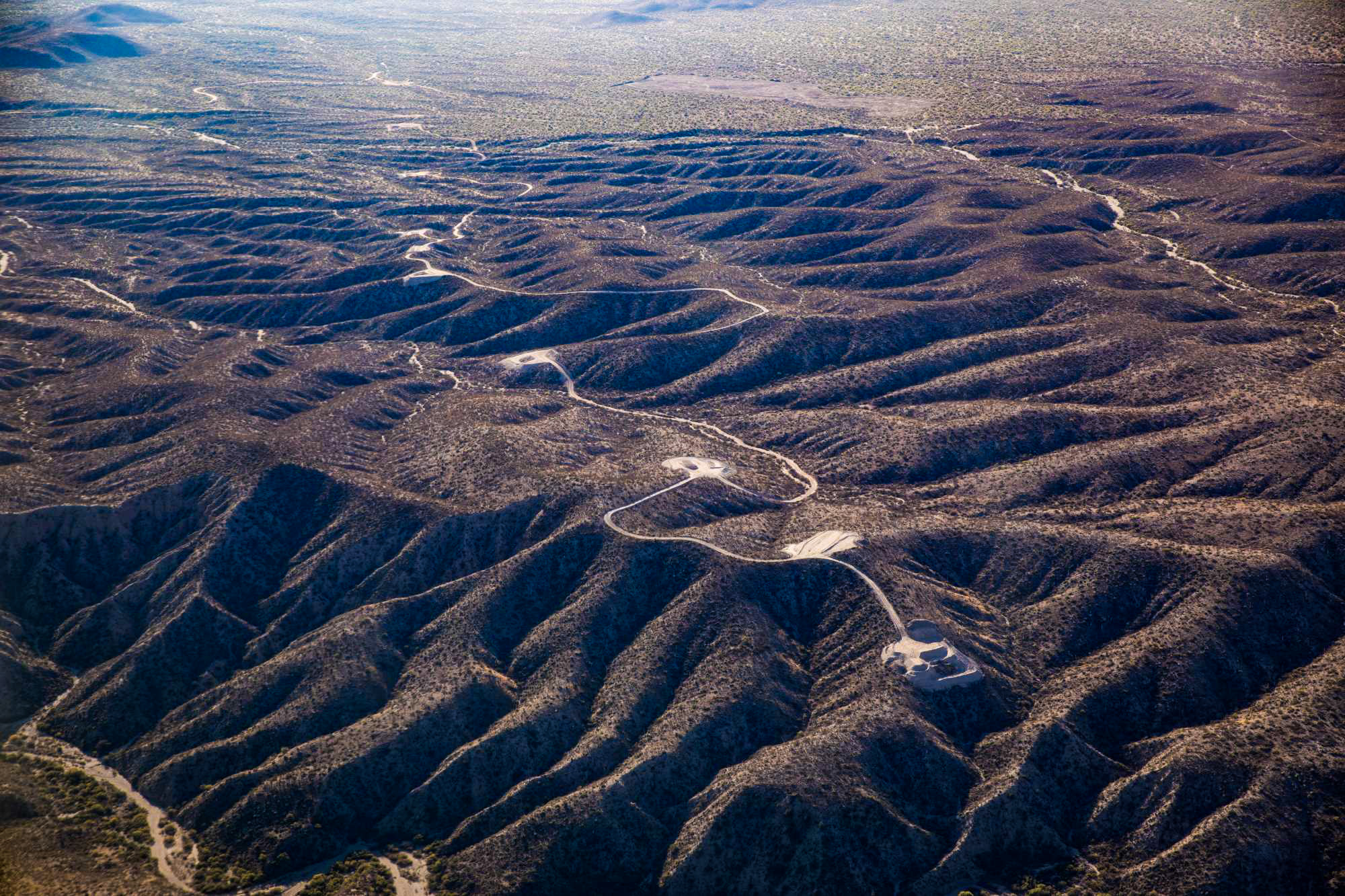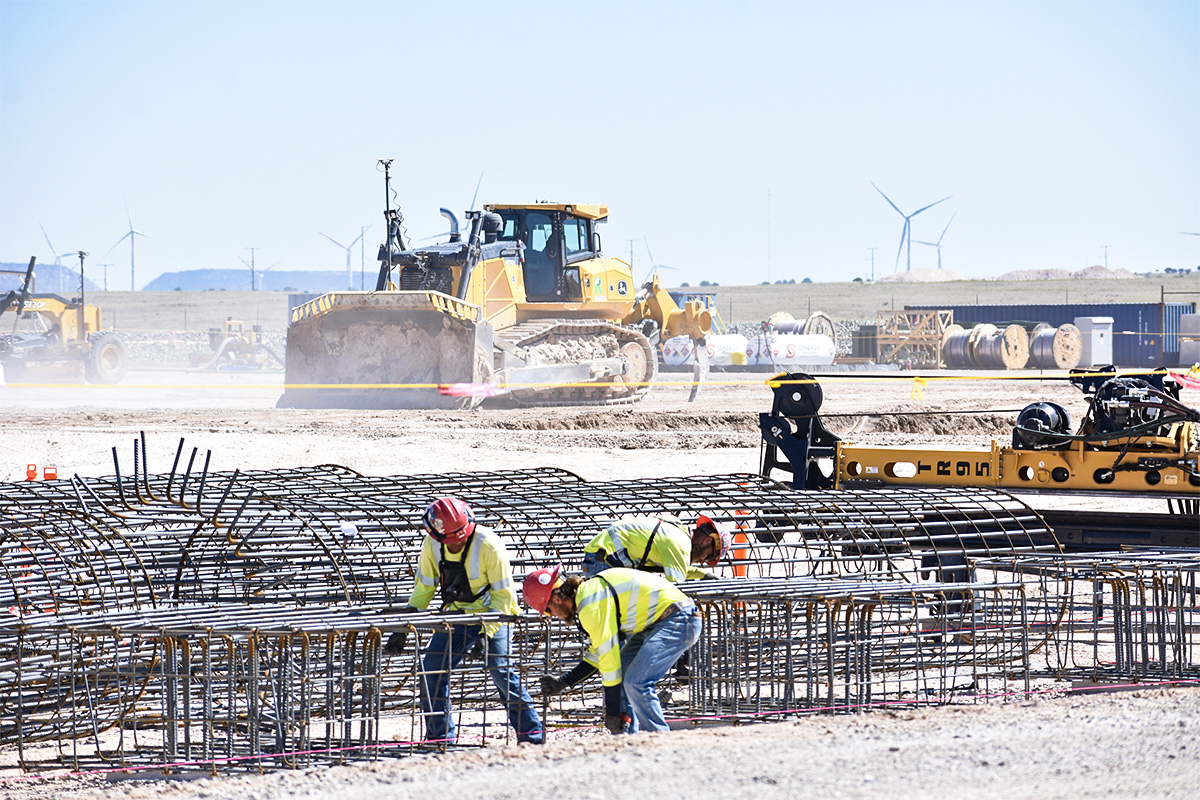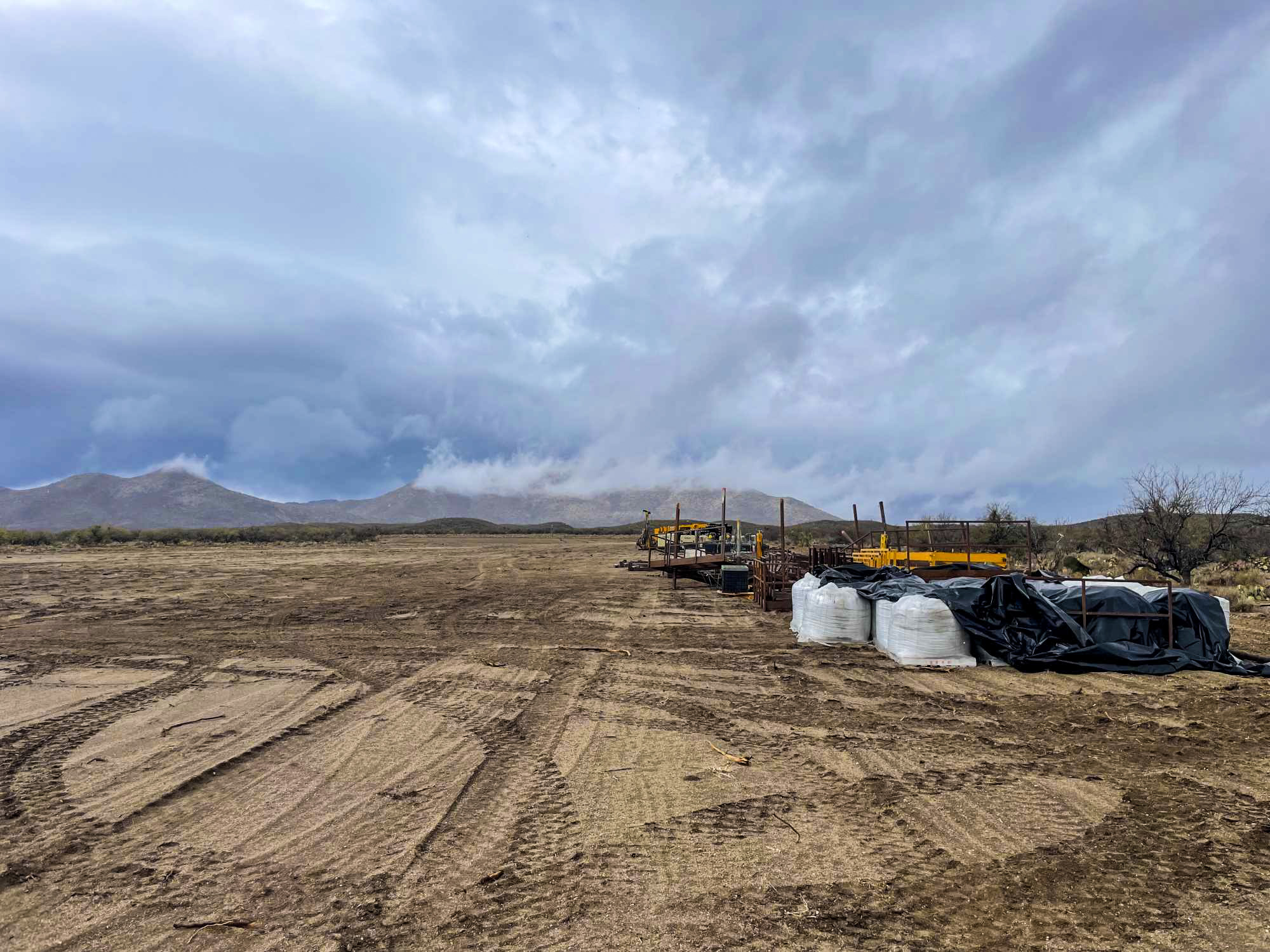Indianz.Com > News > Tribes taken Biden administration to court over $4 billion energy project

Tribes taken Biden administration to court over $4 billion energy project
Wednesday, January 24, 2024
Indianz.Com
The Biden administration’s renewable energy agenda is being tested in court with a lawsuit from tribes opposed to a $4 billion development that runs through their homelands.
In a complaint filed in federal court last week, the San Carlos Apache Tribe and the Tohono O’odham Nation accused the Department of the Interior of failing to consult them about the SunZia Southwest Transmission Project, which bills itself as the largest clean energy infrastructure development in U.S. history. The tribes say concerns about sacred sites in the San Pedro Valley of southern Arizona have been ignored.
“For more than a decade, the San Carlos Apache Tribe and others have been raising alarms about the need to protect the cultural resources in the San Pedro Valley from the impacts of the SunZia project,” Chairman Terry Rambler said in a news release on Wednesday. “We join with the many other tribes whose sacred sites are endangered by this project in calling for a halt until our concerns are heard and addressed. We will keep fighting for a meaningful historic preservation process that actually addresses the concerns that so many have raised.”
According to Tohono O’odham Nation Chairman Verlon Jose, his tribe informed the Bureau of Land Management (BLM), an agency at Interior, and project developer Pattern Energy about cultural resources in the San Pedro Valley. He alleges the Biden administration is violating the National Historic Preservation Act (NHPA) by failing to protect sacred sites.
“The O’odham and our ancestors the Hohokam have deep cultural and historical connections to the San Pedro Valley, with many sites of great significance,” Jose said in the release. “We have made BLM and the Pattern Energy aware of this, but their disregard for the NHPA process has put these cultural sites in danger of irreparable harm. They must change course, immediately stop all ground clearing activity, and work with us to protect these sites as required by federal law.”
The Department of the Interior is led by Secretary Deb Haaland, who is the first Native person to serve in a presidential cabinet. Last September, she participated in a groundbreaking at the portion of the SunZia project located in New Mexico, her home state. And in November, only a month before the White House Tribal Nations Summit convened by President Joe Biden, she highlighted the development as one of 15 renewable energy projects being advanced in Western states. “The Biden-Harris administration is committed to expanding clean energy development to address climate change, enhance America’s energy security and create good-paying union jobs. The projects we are advancing today will add enough clean energy to the grid to power millions of homes,” Haaland told a meeting of the Western Governors Association in Wyoming on November 6. The leader of the BLM also weighed in. Director Tracy Stone-Manning said her agency is committed to permitting 25 gigawatts of solar, wind and geothermal production on public lands no later than 2025. “Investing in clean and reliable renewable energy represents the BLM’s commitment to addressing climate change and supports direction from the President and Congress,” Stone-Manning said of the push from multiple sectors of the U.S. government.The SunZia Southwest Transmission Project will accelerate our nation’s transition to a clean energy economy by unlocking renewable resources, creating jobs, lowering costs, and boosting local economies. pic.twitter.com/AjuAjzgx3B
— Secretary Deb Haaland (@SecDebHaaland) September 1, 2023
According to Interior, the BLM has approved 46 clean energy projects since Biden took office in 2021. These developments are expected to generate up to 11,236 megawatts of electricity — meaning the overall goal of permitting 25 gigawatts would require even more approvals. “I think, personally, that tribes are in favor of clean energy and wanting to do these projects that are light hand on the land and better for our environment,” Reno Keoni Franklin, the chairman of the Kashia Band of Pomo Indians, based in California, said on the Native America Calling radio show on Wednesday. “But my stern warning to federal agencies has always been the same: Not on the backs of Indian tribes,” added Franklin, who also serves on the Advisory Council on Historic Preservation, an independent federal agency that was created by the NHPA. Pattern Energy expects to generate up to 4,500 megawatts of electricity through SunZia Wind, which the developer describes as the largest wind project in the Western Hemisphere. The project is being built in three counties in central New Mexico, in an area not near any large population centers or tribal headquarters.Our clean energy future isn’t some far off fantasy – it's real, it’s here, and @Interior is leading the charge in harnessing it for every American.
— Secretary Deb Haaland (@SecDebHaaland) November 8, 2023
This week, we announced @BLMNational's progress on 15 renewable energy projects across the West. https://t.co/v79JPpkc73


Complaint:Tohono O’odham Nation v. U.S. Department of the Interior
Part 1 |
Part 2
Related Stories
Search
Filed Under
Tags
More Headlines
South Dakota Searchlight: Trump terminations hit Indian Arts and Crafts Board
Native America Calling: Regional improvement in suicide statistics is hopeful sign
List of Indian Country leases marked for termination by DOGE
‘Let’s get ’em all done’: Senate committee moves quickly on Indian Country legislation
AUDIO: Senate Committee on Indian Affairs Business Meeting to consider several bills
VIDEO: Senate Committee on Indian Affairs Business Meeting to consider several bills
Native America Calling: The ongoing push for MMIP action and awareness
‘Blindsided’: Indian Country takes another hit in government efficiency push
Native America Calling: A new wave of resistance against Trans Native relatives
Urban Indian health leaders attend President Trump’s first address to Congress
‘Mr. Secretary, Why are you silent?’: Interior Department cuts impact Indian Country
Cronkite News: Two Spirit Powwow brings community together for celebration
Native America Calling: Native shows and Native content to watch
VIDEO: Oversight Hearing to Examine Native Communities’ Priorities for the 119th Congress
AUDIO: Oversight Hearing to Examine Native Communities’ Priorities for the 119th Congress
More Headlines
Native America Calling: Regional improvement in suicide statistics is hopeful sign
List of Indian Country leases marked for termination by DOGE
‘Let’s get ’em all done’: Senate committee moves quickly on Indian Country legislation
AUDIO: Senate Committee on Indian Affairs Business Meeting to consider several bills
VIDEO: Senate Committee on Indian Affairs Business Meeting to consider several bills
Native America Calling: The ongoing push for MMIP action and awareness
‘Blindsided’: Indian Country takes another hit in government efficiency push
Native America Calling: A new wave of resistance against Trans Native relatives
Urban Indian health leaders attend President Trump’s first address to Congress
‘Mr. Secretary, Why are you silent?’: Interior Department cuts impact Indian Country
Cronkite News: Two Spirit Powwow brings community together for celebration
Native America Calling: Native shows and Native content to watch
VIDEO: Oversight Hearing to Examine Native Communities’ Priorities for the 119th Congress
AUDIO: Oversight Hearing to Examine Native Communities’ Priorities for the 119th Congress
More Headlines